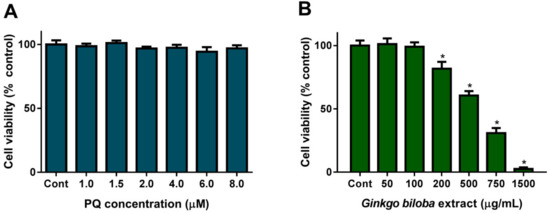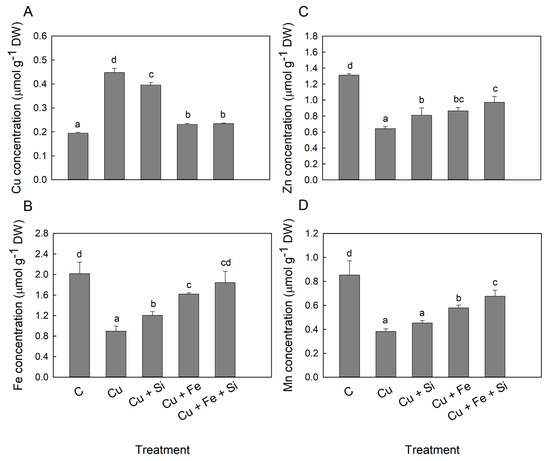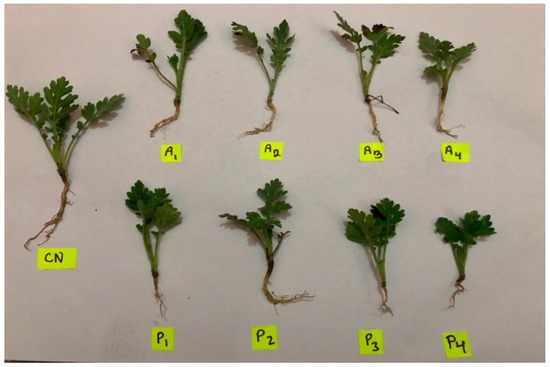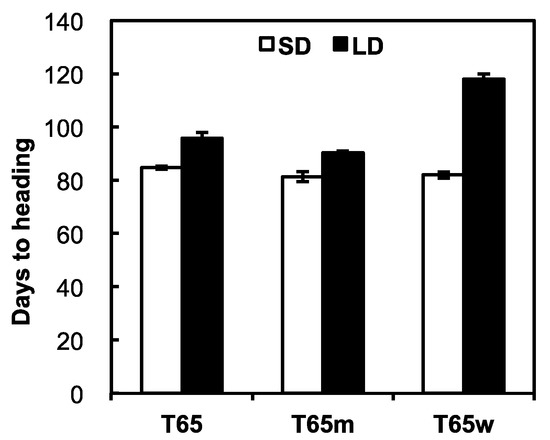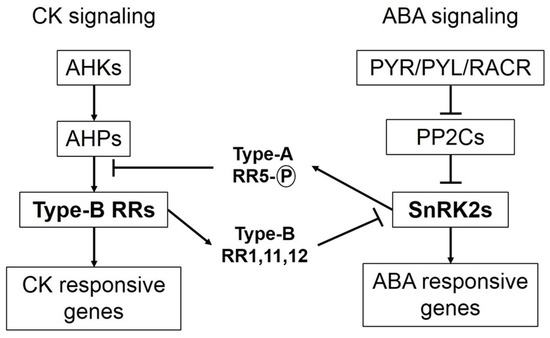Plants 2019, 8(12), 556; https://doi.org/10.3390/plants8120556 - 29 Nov 2019
Cited by 22 | Viewed by 5317
Abstract
Ginkgo biloba L. leaf extracts and herbal infusions are used worldwide due to the health benefits that are attributed to its use, including anti-neoplastic, anti-aging, neuro-protection, antioxidant and others. The aim of this study was to evaluate the effect of an aqueous Ginkgo
[...] Read more.
Ginkgo biloba L. leaf extracts and herbal infusions are used worldwide due to the health benefits that are attributed to its use, including anti-neoplastic, anti-aging, neuro-protection, antioxidant and others. The aim of this study was to evaluate the effect of an aqueous Ginkgo biloba extract on HepG2 cell viability, genotoxicity and DNA protection against paraquat-induced oxidative damage. Exposure to paraquat (PQ), over 24 h incubation at 1.0 and 1.5 µM, did not significantly reduce cell viability but induced concentration and time-dependent oxidative DNA damage. Ginkgo biloba leaf extract produced dose-dependent cytotoxicity (IC50 = 540.8 ± 40.5 µg/mL at 24 h exposure), and short incubations (1 h) produced basal and oxidative DNA damage (>750 and 1500 µg/mL, respectively). However, lower concentrations (e.g., 75 µg/mL) of Ginkgo biloba leaf extract were not cytotoxic and reduced basal DNA damage, indicating a protective effect at incubations up to 4 h. On the other hand, longer incubations (24 h) induced oxidative DNA damage. Co-incubation of HepG2 cells for 4 h, with G. biloba leaf extract (75 µg/mL) and PQ (1.0 or 1.5 µM) significantly reduced PQ-induced oxidative DNA damage. In conclusion, the consumption of Ginkgo biloba leaf extract for long periods at high doses/concentrations is potentially toxic; however, low doses protect the cells against basal oxidative damage and against environmentally derived toxicants that induce oxidative DNA damage.
Full article
(This article belongs to the Special Issue Bioactive Compounds in Plants)
►
Show Figures
